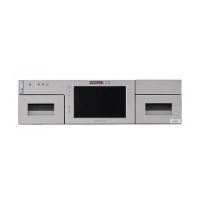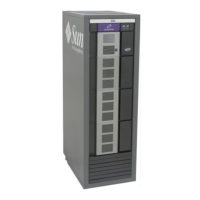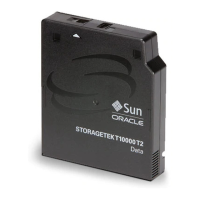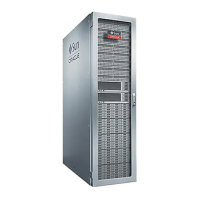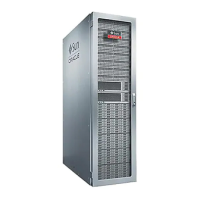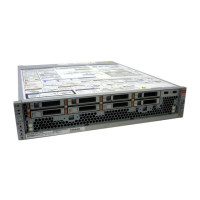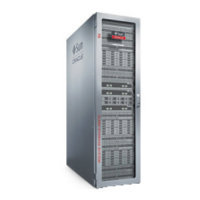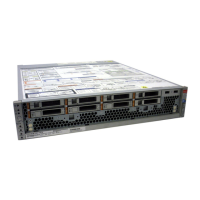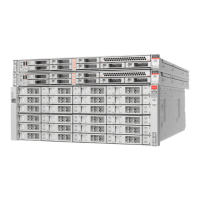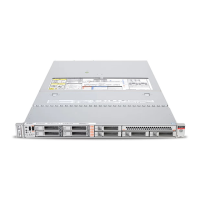HLI-PRC Addressing Scheme
Library Addressing Reference C-7
– For redundant robotics, the left robot = 1, and the right robot = 2.
■ Row:
– When numbering the device, the row is 0.
– When numbering the specific slot, the row is the slot value (1).
Example
For firmware address 1, 1, 0, 2, 0: The library value is 1. The robot is on the top rail (1).
The robot spans all columns (0). It is the right robot in a redundant robotics system (2),
and the address is referring to the device (0).
HLI-PRC Addressing Scheme
■ HLI-PRC Addressing Scheme Overview
■ Library Complex LSM Numbering
■ Drive HLI-PRC Addressing
HLI-PRC Addressing Scheme Overview
HLI-PRC addressing begins with 0, uses only positive numbers, and has four
parameters: LSM, Panel, Row, and Column.
■ LSM: Each rail is considered a separate library storage module (LSM). LSMs are
numbered 0 to 3 (from the top down).
The libraries in a complex are identified by LSM (see "Library Complex LSM
Numbering" on page C-7).
■ Panel: Indicates the horizontal position in the library. Panels span across the width
of the library to include both sides (left and right) and both walls (inner and outer)
for each LSM. Panel 1 = Drives. Panel 2 to n = Storage slots
■ Row: Is the vertical location of a tape cartridge and are consecutively numbered
from the top down. Outer walls = 0 to12. Inner walls = 13 to 26.
■ Column: Indicates the left or right side of the library (as viewed from the front).
Left = 0. Right = 1.
Library Complex LSM Numbering
In a library complex, the LSM number increases sequentially with each additional
library. The LSM numbering continues with the following pattern for up to ten
libraries:
Table C–1 Panel Numbering for Various Library Configurations
Configuration Panel Numbering
Base Library RIM
(2-7)
CIM
(8-10)
One Expansion Module RIM
(2-7)
SEM
(8-15)
CIM
(16-18)
Two Expansion Modules RIM
(2-7)
SEM
(8-15)
SEM
(16-23)
CIM
(24-26)
Five Expansion Modules RIM
(2-7)
SEM
(8-15)
SEM
(16-23)
SEM
(24-31)
SEM
(32-39)
SEM
(40-47)
CIM
(48-50)
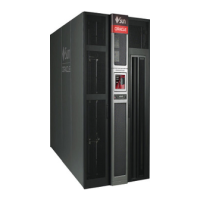
